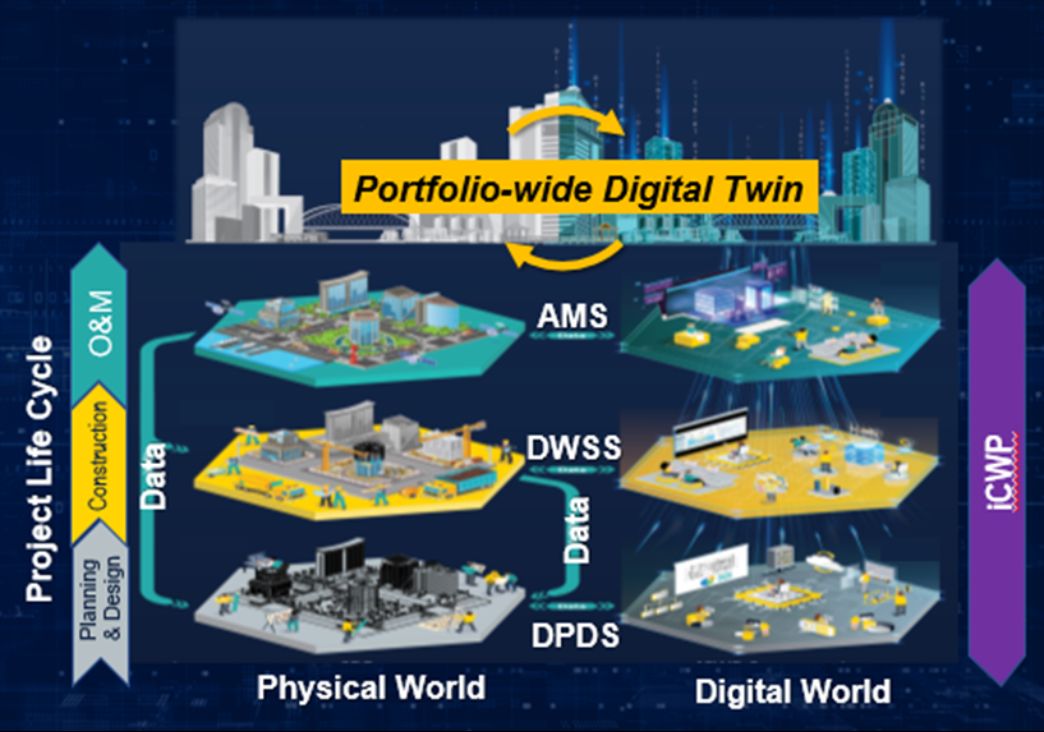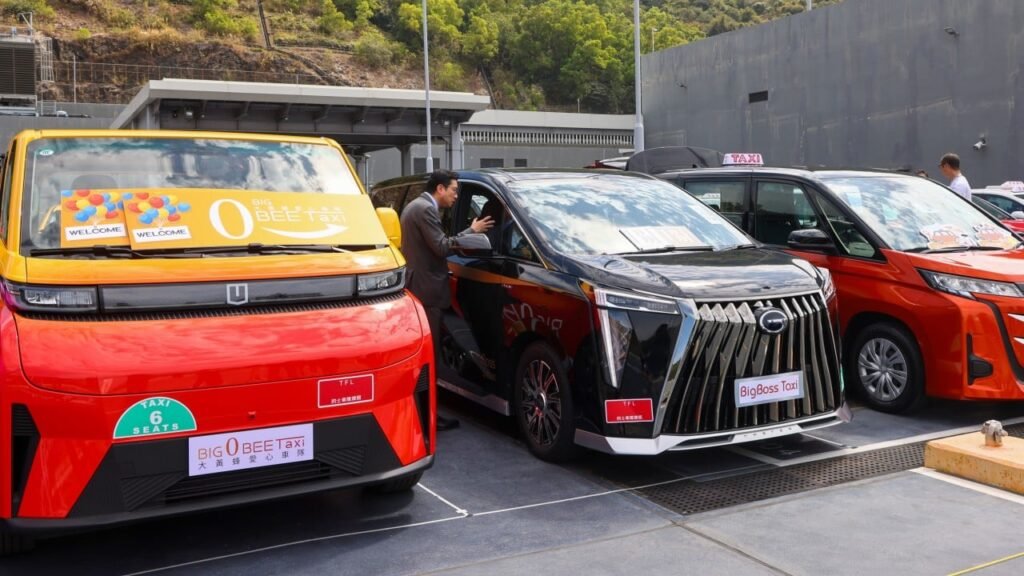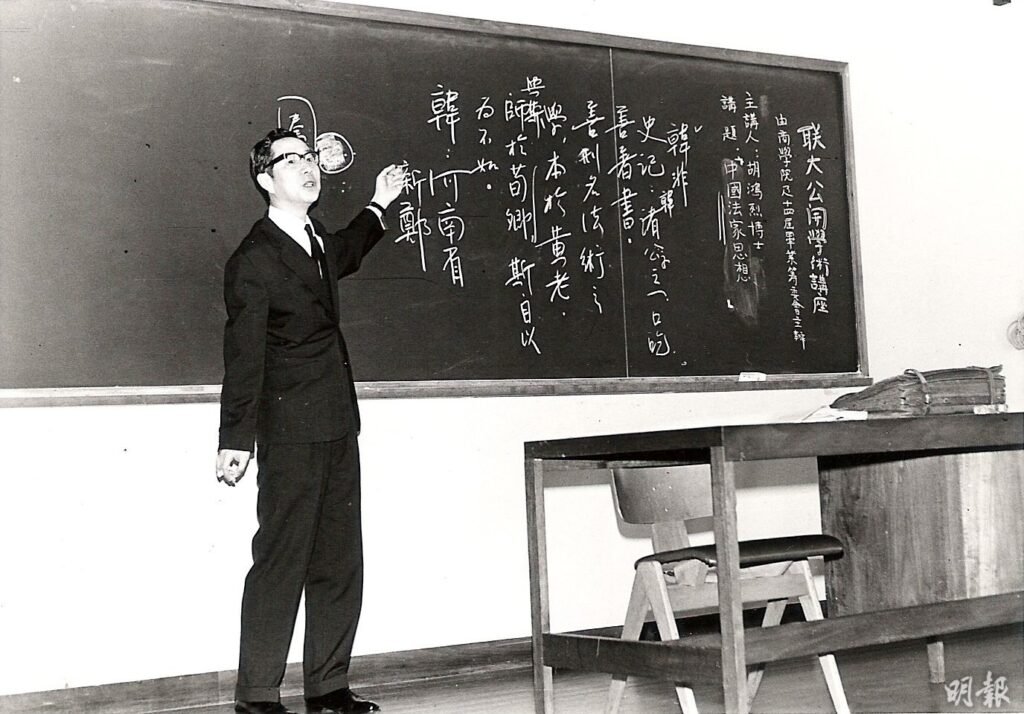While there is no lack of innovations hatching within the government, we often hear of another all too familiar story.
That the innovations get trapped in silos, valuable data sitting isolated, and unable to seamlessly connect with other systems, contributing to a holistic picture of progress.
Data from a drone inspecting an excavation may offer crucial insights, but if it was not seamlessly connected with the central project management platform, its impact would be
limited.
-1753437348789.jpg)
To optimise urban planning in a crowded city, the Development Bureau (DEVB) of the Hong Kong Special Administrative Region Government has developed several platforms to manage its public works projects.
Speaking to GovInsider, DEVB’s Principal Assistant Secretary (Project Capability and Strategy), Frankie Fung, says a strong foundation of common platforms and data standards is enabling widespread, decentralised innovation across the public works sector.
This foundation is now allowing the government to enter its next phase of digitalisation: To integrate advanced technologies like artificial intelligence (AI), advanced analytics, and digital twins into its platforms.
DEVB is a government agency that oversees a wide range of land planning and infrastructure projects from mega developments, highway infrastructure, government buildings, drainage and sewerage systems, as well as water supply.
DEVB was specially mentioned for the Digital Government Award category at GovInsider’s Festival of Innovation (FOI) 2025 awards that was organised earlier this year.
According to Fung, this unique setup of DEVB – being a single policy bureau overseeing all public works – gives the agency a “structural benefit”. This allows the agency to systematically aggregate and harmonise project data from across all divisions.
The result is a unified database that powers advanced, AI-driven big data analytics throughout the public works sector.
To subscribe to the GovInsider bulletin, click here.
Where platforms enable 100 experiments
“A key lesson from our digital transformation was recognising that different departments require flexibility to innovate according to their specific operational needs,” Fung explains.
This was why DEVB created a cross-departmental digital task force to facilitate knowledge sharing while ensuring seamless integration with the central platform.
The central platform is the Integrated Capital Works Platform (iCWP) launched in 2024.
Instead of project managers needing to access information from various systems throughout a project’s lifecycle, the iCWP consolidates data from three key systems: the Digital Project Delivery System (DPDS), the Digital Works Supervision System (DWSS), and the Asset Management System (AMS).
This platform acts as a single window, providing a unified view of data across the entire lifecycle of over 200 public works projects, valued at HK$600 billion (S$98 billion).
The ability to visualise different sources of data in a single location will allow the government to make informed decisions at the broader public works planning level, he adds.
Now adopted by more than 700 government officials, the platform incorporates interactive dashboards, geographic information systems (GIS), and building information modelling (BIM), enabling more transparent, data-driven and strategic decision-making.
Focusing on data standardisation has allowed the departments to innovate freely within their domains while maintaining data consistency at the sectoral level, he added.
“We’ve established core data and application programming interface (API) requirements that ensure seamless integration with the smart construction module while allowing projects to develop their own specialised features,” he shares.
Digital twin of the whole city, complemented by AI and analytics
Fung shares that the government’s longer-term plans are to build individual digital twins for government assets and to connect these individual digital twins into a larger “portfolio-wide digital twin”.
A digital twin is a realistic digital representation of physical assets by real-time data collected through Internet-of-Things (IoT) and remote sensors.
“With information generated in a digital model, which can be further enhanced by advanced technologies such as AI and big data analytics.
“The department will be able to make informed decisions and provide feedback and control over the physical assets, which in turn could be automated,” he adds.
He explains that “a portfolio-wide digital twin” lies in the ability to share insights across an ecosystem, which could then inform the government of the city’s Capital Works Programme.

The iCWP, alongside the three integrated digital systems, would act as vital links that transfer the data to and fro between the physical world and digital world, he adds.
This digital twin model, he touts, could lead to significant time, cost, and carbon savings by optimising urban planning across Hong Kong.
Given the sheer volume of data these digital systems receive, embracing AI and analytics becomes essential to make that data meaningful and user-friendly for decision-making and project efficiency.
Fung notes that utilising cross-dimensional analytics could help uncover hidden patterns and relationships in big data, allowing for early identification of issues crucial for strategic project delivery.
The ability to quickly identify issues within projects would tackle the challenges currently faced by the construction industry, including high construction costs and site safety, Fung notes.
The huge database within iCWP also makes it possible to tap on AI to predict performance and for new insights to further improve project delivery performance in terms of cost, progress, quality, safety and sustainability, he adds.
Citing an example of AI analysing payment patterns and project progress, Fung shares that the system can detect early warning signs of cost overruns or delays. This foresight ensures timely corrective measures, minimising disruptions, and optimising resource allocation.
“Ultimately, the system’s predictive intelligence fosters a more proactive approach to risk management, safeguarding public investments and improving infrastructure outcomes.”








